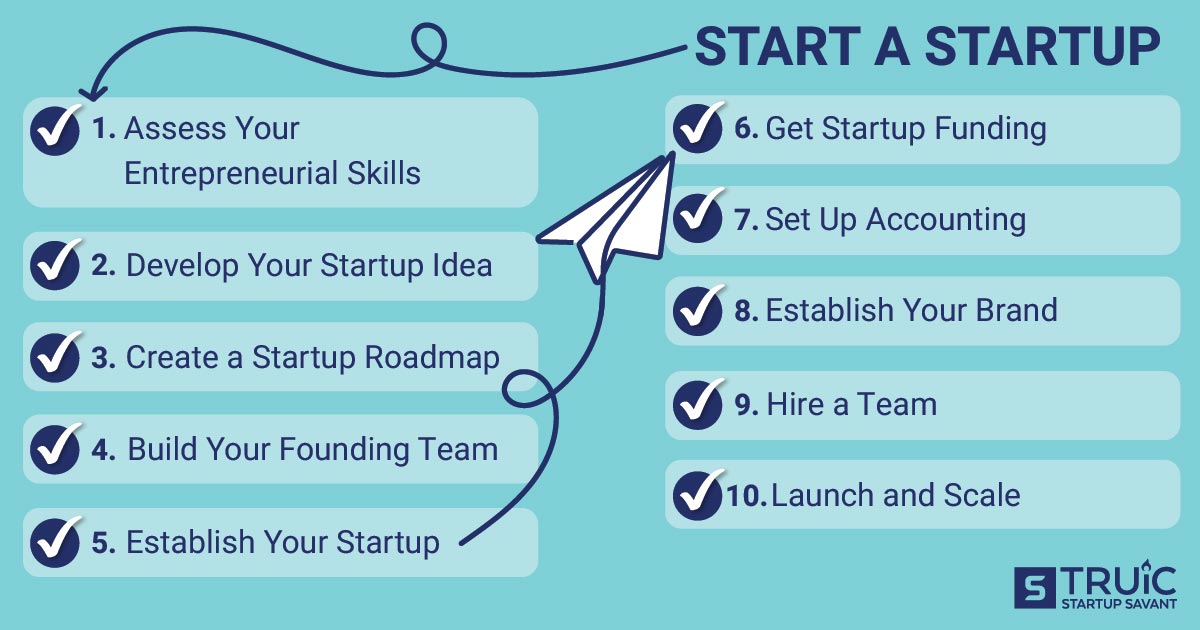Ten steps to hiring the right talent for your startup – StartupSmart

Interviewing job candidates has become rather like Shark Tank — except that you’re in the driver’s seat, which automatically puts you in a position of relative psychological advantage over the candidate.
Because job interviews are seldom level playing fields, it’s really in your mutual interest to make the process worthwhile so that both of you, having exchanged the salient points, are wiser for the knowledge and determine the correct direction thereafter.
No question, there’s some very tough cookie recruiters and HR types out there who don’t want their time wasted and believe they can winnow out talent in short order. One claims she can do it in seven minutes. Some US banks go all out to competitively and aggressively recruit talent in ways that may be be gaining traction in Australia, employing Olympic competition or even war-like strategies.
Okay, so you’re seeking the right person for a particular position within your company or organisation. Would you boil it down, as Marla Malcolm Beck does, to “skill, will and fit”? This form of recruitment speed-dating might work in some instances, but can just as easily bomb:
- “Skill”: Bureaucracies make this worse by asking leading questions about how the candidate “solved” certain challenges when they were in their last role. The candidate may neglect to mention that others were key to rectifying a particular mess, painting themselves in an unfairly glowing light;
- “Will”: What’s wrong with good old-fashioned tenacity and concentration? Will can be code for “powermonger” or “steamroller” — it’s too broad a term to be useful in recruitment; and
- “Fit”: This is frequently HR shorthand for lazy selection methods. Just because there’s insecure business owners out there who only function when there’s mini-me’s and an army of Stepford Wives at their beck and call, doesn’t mean that “fit” is necessarily right. It can be the HR equivalent of egg battery farms — you’ll get eggs alright, but would you really want to eat them?
Catchy slogans like Marla’s probably don’t cut it if you’re seeking high achievers, let alone candidates who are right for your organisation. You may learn the hard way that a candidate knows just what to say to you, whereas the one who didn’t talk in 10-second “bites” may have been the better pick.
It’s true that we can form a pretty accurate assessment of most people within the first few minutes of meeting them. But the point of an interview is gathering evidence to back, or overcome, that initial impression.
In a survey of 20,000 employees, Leadership IQ found 46% of new hires had failed in the first 18 months, mostly owing to attitudinal (rather than technical) reasons. In other words, the new hires stumbled on “coachability” and emotional intelligence.
If you’re wanting to recruit high achievers that hit their mark, make sure you following these 10 steps.
1. Research needs
Do the research and determine what your company really needs (this will naturally vary, depending on those you’ve already got there, their skill sets and personalities), and above all, how well your workplace already functions.
2. Assess resumes
Read resumes properly, study them for strengths and weaknesses, and inconsistencies. Get a feel for the candidates, and do your vetting (beware the overly glowing referees who may secretly be trying to get rid of the person).
3. Quality time
Set aside a decent window to meet with the interviewee. This cuts out the razzle dazzle, and gives them a chance to listen and speak (the same applies to you). It’s preferable to let them know at the outset how long the discussion will be.
4. Challenge
By all means ask curly questions — you want a person who thinks on their feet and who has experience. Equally, you’re looking for initiative and capacity for good judgment.
5. Determine attitude
Seek a combination of energy, positivity and keenness to learn, balanced with what they already know. If a candidate seems a little cynical or reticent, draw them out to see if they warm up (some won’t and may be clear non-starters for the role).
6. Assess problem-solving skills
Look for people who have good problem-solving approaches, but don’t forget they may not always have been in a position to problem-solve.
7. Don’t jump on generational bandwagons
Examples include privileging millennials over Generation X’s or vice versa, or letting biases bubble to the surface. You’re wanting the best person for this role, so don’t be superficial — think about what really will progress your organisation.
8. Listen carefully
By all means have questions ready, but listen closely to what candidates say and how they say it — if you avoid clichéd approaches to questions and trendy phrasing such as “what are you passionate about?”, you may well get far more revealing answers. A little silence here and there can be useful in eliciting further explanation (but don’t overdo the sphinx routine).
9. Not just you
You may like to bring in a second, even third person to co-conduct the interview with you. This can allow you to draw on their reactions and different interviewing approach as a means of sifting through various candidates.
10. Manage emotional energy
Don’t forget, job interviews can be emotionally draining for both interviewer and interviewee. Offer them coffee, tea/water before you begin, choose a pleasant, quiet place for the discussion, and bring some warmth and good will to the meeting. Chances are, you’ll meet halfway, and that’s far better for determining prospective hires than speed-recruiting or trite one-size-fits-all approaches to asking questions.
Eve Ash is a psychologist, author, filmmaker, public speaker and entrepreneur. She runs Seven Dimensions, a company specialising in training resources for the workplace. See the rest of Eve’s blogs here.
This article was originally published on SmartCompany.
Follow StartupSmart on Facebook, Twitter, LinkedIn and iTunes.

